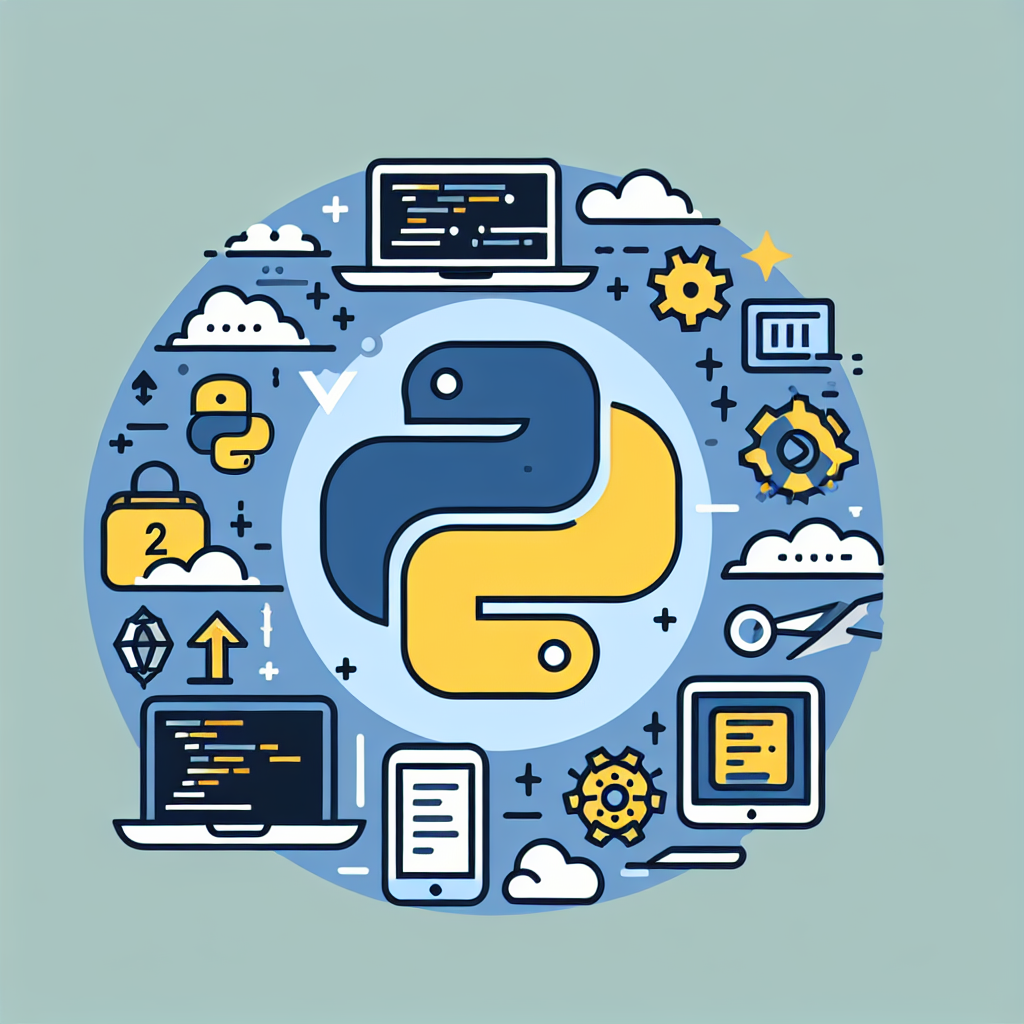Effortlessly Upgrade from Python 2 to Python 3 Today
Upgrade your code seamlessly with our Python2 to Python3 conversion tool. Boost performance and compatibility. Convert now for a smoother Python transition!
Source Code
Converted Code
Output will appear here...
The Python2 to Python3 tool seamlessly converts legacy Python 2 code to Python 3, ensuring compatibility and future-proofing your projects. Ideal for developers and businesses upgrading their software, this tool minimizes manual rewriting by automatically handling syntax changes, deprecated modules, and new library integrations. Enhance performance and security by transitioning to Python 3 with ease.

Upgrade from Python 2 to Python 3 Link to this section #
Transitioning from Python 2 to Python 3 is essential for leveraging new features, improved syntax, and enhanced performance. Python 2 reached its end of life in January 2020, which makes upgrading crucial for security and compatibility.
Key Features of Python 3 Link to this section #
- Unicode Support: Strings are Unicode by default, helping to manage internationalization easily.
- Print Function: Transition from
print "Hello"in Python 2 toprint("Hello")in Python 3. - Integer Division: In Python 3, division of integers yields a float, e.g.,
5 / 2results in2.5.
Steps to Convert Link to this section #
Automated Tools: Use
2to3, a built-in Python tool that automates much of the conversion:2to3 -w your_script.pyThis command converts your Python 2 code to Python 3 syntax.
Testing: Post-conversion, test your scripts thoroughly. Python 3 has significant changes, especially in libraries.
Manual Adjustments: Some code might need manual adjustments, especially if you used Python 2-specific libraries.
Best Practices Link to this section #
Use Future Imports: To write forward-compatible code, import future modules in Python 2:
from __future__ import print_function, divisionVirtual Environments: Test code in isolated environments using tools like
virtualenvorvenv.Library Updates: Ensure all dependencies are updated to Python 3 compatible versions.
Resources Link to this section #
- Python's Official Documentation offers guidance on porting to Python 3.
- Real Python's Guide for an in-depth comparison between Python 2 and 3.
Upgrading to Python 3 ensures your codebase remains secure and maintainable, taking full advantage of Python's evolving ecosystem.
Frequently Asked Questions
What are the main differences between Python 2 and Python 3?
Python 3 is the latest version of the language and includes several improvements over Python 2, such as better Unicode support, changes in integer division, and more consistent syntax. For example, 'print' is a function in Python 3, requiring parentheses, whereas it was a statement in Python 2.
How can I convert my Python 2 code to Python 3?
You can use the '2to3' tool, which is a Python program that reads Python 2.x source code and applies a series of fixers to transform it into valid Python 3.x code. Additionally, it's important to manually review and test the converted code to ensure functionality and performance.
Is Python 2 still supported?
No, Python 2 is no longer supported as of January 1, 2020. It is highly recommended to upgrade to Python 3 to receive the latest updates, security patches, and support from the Python community.